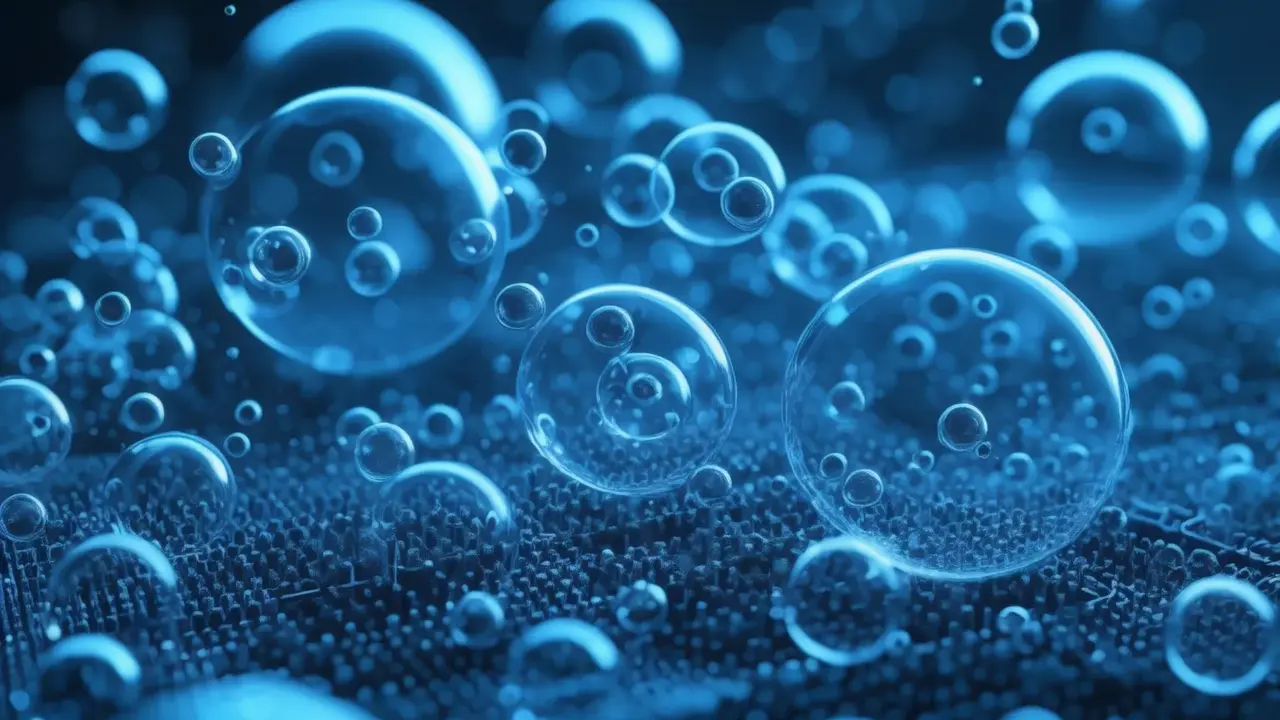To create a mathematical model, scientists used machine learning algorithms that predict the activity of materials during the hydrogen evolution reaction. During their work, they took into account parameters such as synthesis conditions, phase composition, surface area and catalytic activity. This significantly reduced the time required for synthesis and increased the accuracy of the results.
By using graphite-like carbon nitride in the reaction, the scientists were able to minimize the number of experiments by predicting which synthesis parameters would provide the best yield of hydrogen. Using this model allows you to avoid random errors, increase the repeatability of results and make the process more efficient.
As a result of the study, an open web interface with a database that can be expanded and updated by adding new data was created in order to improve the model.
Source: Ferra
I am a professional journalist and content creator with extensive experience writing for news websites. I currently work as an author at Gadget Onus, where I specialize in covering hot news topics. My written pieces have been published on some of the biggest media outlets around the world, including The Guardian and BBC News.











